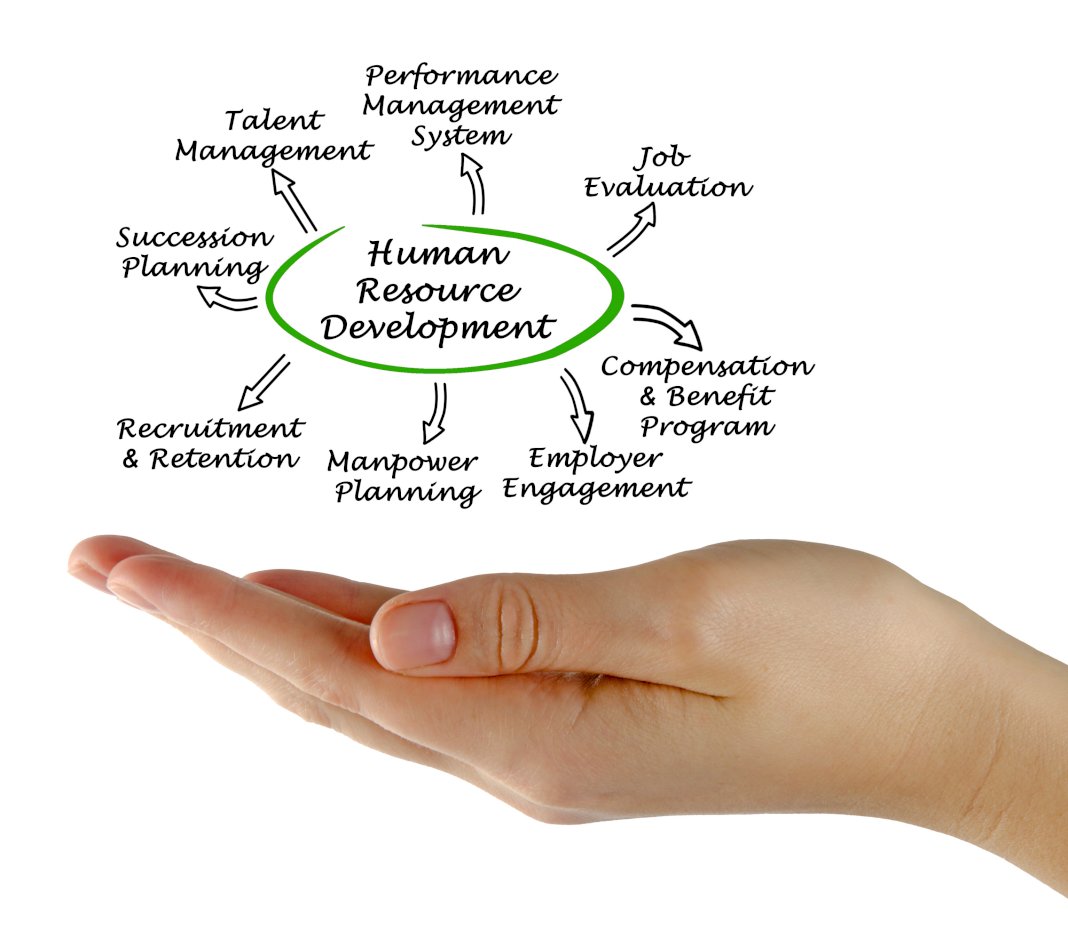- High employee retention is costly and disruptive for businesses.
- A positive work culture, competitive compensation and benefits, and professional growth opportunities are key factors in decreasing employee turnover.
- Promoting work-life balance by setting boundaries, prioritizing physical and mental well-being, and providing emotional support can reduce employee turnover.
- Prioritizing employee health and well-being, both physical and mental, is crucial.
As a business leader, one of the key challenges you may face is maintaining a stable and committed workforce. High employee turnover can be costly and disruptive, affecting not only the morale of your team but also the overall productivity and success of your business. To enhance employee retention, it’s crucial to understand and address the factors that contribute to job satisfaction and loyalty. Here are five effective strategies to improve employee turnover and foster a more engaged and dedicated workforce.
1. Cultivate a Positive Work Culture
A positive and inclusive work culture is fundamental to employee retention. Begin by creating an environment where respect, collaboration, and open communication are the norms. Encourage your team to share their ideas and feedback, ensuring their voices are heard and valued. A culture that promotes mutual respect and teamwork significantly boosts morale and job satisfaction.
It’s also essential to recognize and celebrate both individual and team achievements. Acknowledging accomplishments reinforces positive behavior and shows your employees that their efforts are appreciated. A workplace where people feel acknowledged and celebrated is one where they feel connected and motivated to stay.

2. Offer Competitive Compensation and Benefits
To retain your best talent, offering competitive compensation is key. Review industry standards to ensure your salaries and wages align with or exceed market rates. Remember, compensation extends beyond salary; it includes bonuses, profit-sharing, and other financial incentives.
In addition to monetary compensation, providing comprehensive benefits packages is critical. This could include health insurance, retirement plans, and paid time off. Investing in affordable basic group life insurance can be a cornerstone of your commitment to your employees’ well-being. This type of insurance assures employees that their families will be taken care of in the event of any unforeseen circumstances. By offering a competitive compensation and benefits package, you attract top talent and encourage your current employees to stay.
3. Encourage Professional Growth and Development
Investing in your employees’ professional growth shows that you value their contributions and see a future for them within your company. Provide opportunities for training, workshops, and continued education. Encourage them to attend conferences and industry events or to pursue additional qualifications relevant to their roles.
Career advancement opportunities within your organization are also vital. Regular performance reviews, constructive feedback, and clear pathways for advancement can significantly enhance job satisfaction. Employees who feel their growth is supported are likelier to remain loyal and invested in the company’s success.
4. Promote Work-Life Balance
Encouraging a healthy work-life balance is crucial for employee retention. A workforce that feels their work-life balance is respected is more productive, happier, and less likely to seek employment elsewhere.
Here are tips to promote work-life balance:
Set Clear Boundaries
Establishing clear work and personal time boundaries can help employees maintain a healthy work-life balance. Encourage your team to keep their work strictly within their designated working hours and prevent them from feeling obliged to respond to work-related communications during their time. By respecting these boundaries, you signal your team that their time is as important as their work.
Promote Physical and Mental Well-being
Ensuring employees take care of their physical and mental health is vital. Encourage regular breaks during the workday to rest and recharge. Consider integrating wellness programs like yoga sessions or mindfulness workshops to help enhance their mental well-being. Additionally, reinforcing the importance of a balanced diet and regular exercise can help them manage stress, boost productivity, and enhance their overall job satisfaction.
Provide Emotional Support
Maintaining open lines of communication and providing emotional support to your employees is important. Regular formal or informal check-ins can offer a valuable platform for employees to voice their concerns or struggles. Offering support, understanding, and possible solutions can help them feel valued and heard, thus increasing their loyalty and commitment to the organization.
Cultivate a Supportive Community
Fostering a supportive and inclusive community in the workplace can significantly enhance work-life balance. Encourage team-building activities, both within and outside of work hours. This strengthens bonds between team members and creates an environment where employees support and uplift each other. A supportive community can significantly reduce stress and increase job satisfaction, thereby reducing employee turnover.
5. Prioritize Employee Health and Well-being
Lastly, the health and well-being of your employees should be a top priority. This includes both physical and mental health. Create a safe and healthy work environment, and consider offering wellness programs, gym memberships, or stress management resources. Regular health initiatives and activities can contribute significantly to employee well-being.
Moreover, consider providing mental health resources and support for employees who may be struggling with stress, anxiety, or other mental health concerns. This can include access to therapy services or employee assistance programs.
To Wrap It Up
Decreasing employee turnover in your workplace involves fostering a positive work culture, offering competitive compensation and benefits, encouraging professional growth, promoting work-life balance, and prioritizing employee health and well-being. By implementing these strategies, you create a workplace environment that nurtures and values its employees, encouraging them to grow with the company.
Investing in your workforce in these ways not only enhances employee retention but also builds a strong, cohesive team that drives the success of your business. Remember, your employees are your greatest asset; investing in their satisfaction and well-being is investing in your company’s future.


